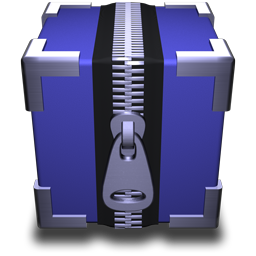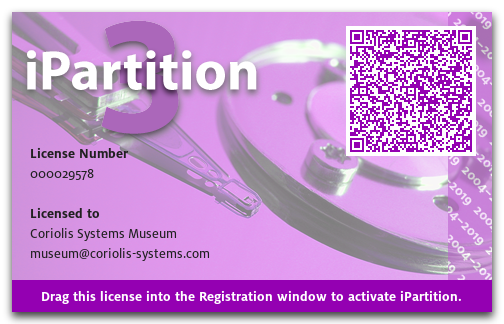

#Idefrag license license
Make sure that you save the license xml-file to an accessible location. Select Export from the drop-down menu under License Options to export all licenses. Auto-update feature ensures you always have the latest version. For exporting the license before a replacement of the motherboard, follow these steps: Enter the iDRAC web interface.Altivec accelerated display for improved performance.Quickly jump to specific files to examine them in more detail.Inspector allows you to view details of individual extents/files.Detailed statistics so you know whether you need to optimize.Per-block and accurate whole disk display.High performance user-defined file classification engine.B-Tree metadata file compaction/optimization support.Defragment whilst your disk is mounted.
#Idefrag license free

Supports adaptive hot file clustering ("Hot Zone").Supports case sensitive and journaled filesystems.Supports HFS and HFS+ (Mac OS Extended).Add in the size of some of the files in common use today, especially music, video, graphics and computer games, and even the best filesystem has trouble keeping things contiguous. IDefrag defragments and optimizes your disk for improved performance. This, of course, doesn't show up as fragmentation-after all, the files themselves are probably contiguous-but nevertheless, it takes your machine longer to start up, it takes programs longer to start, and above all, it takes longer to get your work done. That alone should clue you into the fact that maybe there is some real value behind this app.This is particularly true in these days of constant security updates as replacing operating system components not only increases the potential for file fragmentation, but also creates a more insidious problem-over time, the operating system itself ends up scattered all over your disk. Despite advice to the contrary, Apple themselves have been known use Drive Genius when customer's drives are showing issues.
#Idefrag license windows
It would be more accurate to say then, that "Macs don't need defragmenting nearly as often as their Windows counterparts".
#Idefrag license mac
It's a testament to how well Macs can actually optimize themselves to have gotten this far, but alas, my Mac is now seriously aging, and fragmentation is a serious issue for me. In addition to that caveat, built-in optimizations can only occur when there's at least 10% free space on the drive - I have frequently dipped below that (though I moved my iPhoto and iTunes library to a NAS to free up some space, it has since crept right back again). And then there's the age of my system - it's about 4 years old now, and has seen numerous OS upgrades, with not one complete reformat, ever.

A single photo from my camera is 25 MB a 1 minute video file approaching half a gigabyte. However, this process of automatically optimizing files only works when they are less than 20 MB in size - pretty small in today's terms.

Only platter based spinning drives are affected.


 0 kommentar(er)
0 kommentar(er)
